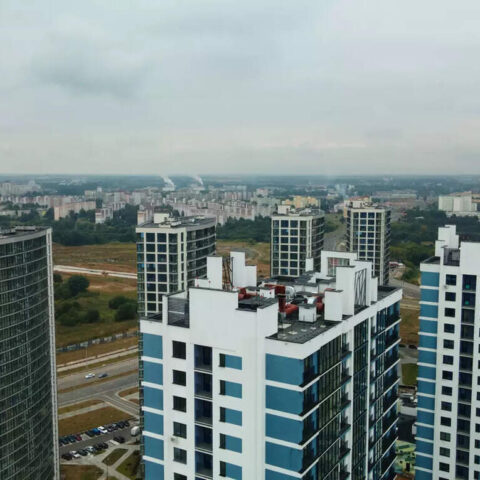The residence is simple in the same way the tide is; the way different tones ringing in harmony are. It doesn’t need to be understood to be appreciated, and, in fact, it’s often better when it’s not overthought. Some might say that Taliesin flows, but after spending time in the residence, I don’t necessarily believe that’s true.
For me, the home is much more riverbed than river. It provides shape to motion, but it’s the people who are the stream. Walking through Taliesin was easy, mostly because the home directs where you should go and how you should move. The view, for example, is often better when you sit down. I noticed it first at the small wooden desk in my guest room, then later in the living room, and again in the architect’s bedroom. Almost without thought, visitors are compelled to take a seat the same way water bends at a meander.
But if the home is the river, Wright is gravity, erosion, and every other force or phenomenon that forms the earth’s waterways. His auteurship is tangible everywhere. You admire the view he thought was best. The living room feels big, partly because it is and partly because the hallway that leads to it is cramped and dark. He did this often, strategically placing less-friendly spaces directly before those that were meant to be grand. He called this compression and release. There are obstacles—like a large stone fireplace, wood railings, or furniture—that force people to take specific paths.
You can find similar situations in many of Wright’s works. Take the Guggenheim, for example, which only offers one primary route via its spiraling white ramp. Or even the homes he designed for clients, which more often than not included built-in furniture—even if you wanted to rearrange things, you couldn’t. I don’t live in Wright’s work, so I can’t faithfully say whether this guiding hand is helpful or overbearing—it’s been argued both ways—but for a weekend spent trying to better understand the architect, there couldn’t have been a better lesson. After all, the moments when you feel most uncomfortable are in the places that lack everything Wright held dear: light, space, and a connection to The Valley of the God-Almighty Joneses.
***
In Wisconsin among Wright zealots, we talked about the architect’s clear intuition for sustainable design long before the term was commonplace, how he had a much more gifted engineering mind than most give him credit for, and the way his ideas still influence American houses today. When I was back home, conversations often turned to his reputation. “Wasn’t he kind of a mean guy?” friends would ask. Or if we did discuss his buildings, “Didn’t his roofs leak?”
Wright wasn’t all good or all bad (I’ve been told firsthand stories of his compassion and read many reports of his temper and ego), but it’s no use pretending his more salacious leanings aren’t what many connect to him. Recounting my trip made it clearer than ever that many see a difference between Wright the architect and Wright the man. One famous, one infamous, each made more relevant by the other. And in many ways, Taliesin is where these two polarities mingle.







